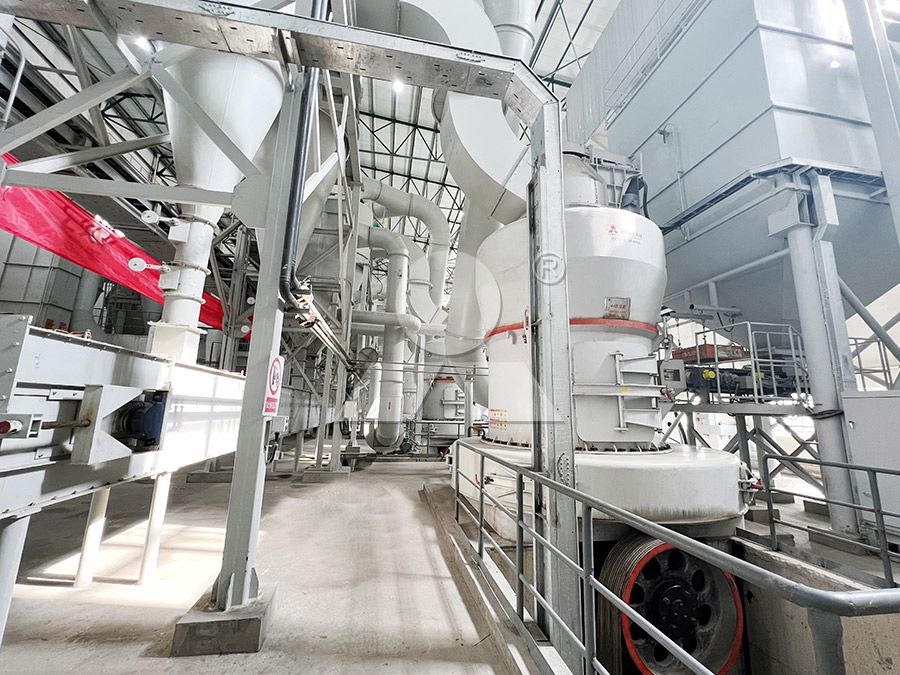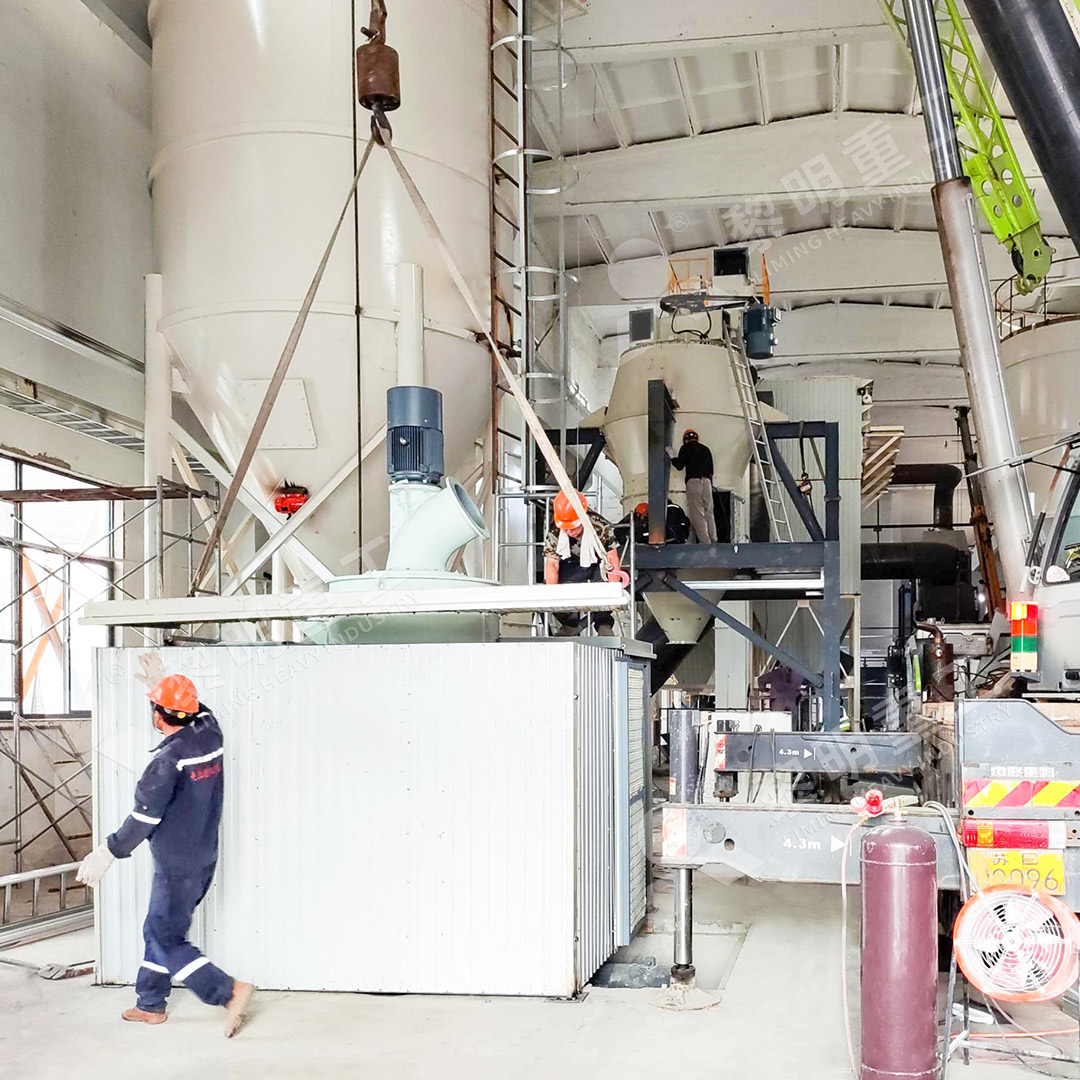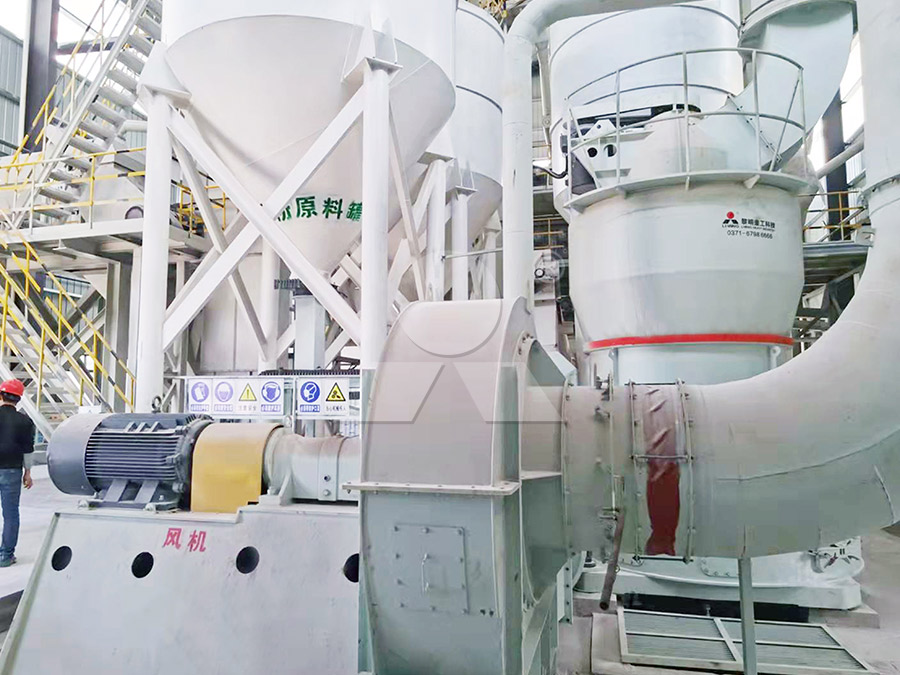How Much Does a Raymond Mill Cost? Raymond Mill Price Guide
How Much Does a Raymond Mill Cost? Raymond Mill Price Guide
As a cornerstone of industrial milling for over a century, the Raymond mill remains a popular choice for fine powder processing. If you’re in the market for one, the first question is inevitably about cost. However, pinning down a single price is like asking the cost of a car—it depends on the model, features, and capacity. A basic Raymond mill model might start in the tens of thousands of dollars, while larger, more advanced configurations can reach several hundred thousand. Let’s break down the factors that influence the final price tag.

Key Factors Influencing Raymond Mill Pricing
The cost of a Raymond mill is not just about the initial purchase. A comprehensive evaluation considers several critical aspects that impact both the upfront investment and the long-term operational expenditure.
1. Capacity and Output Requirements
This is the most significant factor. Mills are designed for specific throughputs, measured in tons per hour (tph). A smaller mill with a capacity of around 0.6-5 tph will naturally cost less than a high-capacity industrial system. Your production goals will directly dictate the size and, consequently, the price of the machine you need.
2. Desired Fineness of the Final Product
How fine do you need your powder? Standard Raymond mills can typically achieve a fineness of up to 325 meshes. If your application requires ultra-fine powder in the range of 325 to 2500 meshes, you will need a more technologically advanced mill, which commands a higher price. The precision of the internal powder separator is a major cost driver here.
3. The Material Being Processed
The hardness, moisture content, and abrasiveness of your raw material (e.g., limestone, calcite, gypsum) affect the mill’s design. Processing harder materials requires more durable grinding rollers and rings, often made from special wear-resistant alloys, which increases the cost.
4. System Configuration and Automation
A standalone mill is just one part of the system. The total cost can include auxiliary equipment like jaw crushers, elevators, vibrating feeders, and advanced dust collection systems. Furthermore, mills with fully automated, digital control systems for remote operation and monitoring are more expensive but offer significant savings in labor and consistency.
5. Environmental and Safety Features
Modern regulations demand eco-friendly operation. Mills equipped with efficient pulse dust collectors and mufflers to minimize dust and noise pollution will have a higher initial cost but are essential for compliant and sustainable operation.

Beyond Raymond: Considering Advanced Grinding Solutions
While the traditional Raymond mill is a reliable workhorse, technological advancements have led to more efficient and capable mills. For projects demanding higher capacity, superior fineness, and lower energy consumption, it is prudent to consider next-generation grinding mills.
For instance, our MW Ultrafine Grinding Mill is engineered for customers who need to make ultra-fine powder. It is an excellent choice for processing materials like limestone, calcite, and dolomite into powders ranging from 325 to 2500 meshes. A key feature is its higher yielding and lower energy consumption; its production capacity is 40% higher than jet mills with system energy consumption only 30% of them. Furthermore, its design eliminates rolling bearings and screws in the grinding chamber, preventing related failures and enabling external lubrication for continuous 24/7 operation. For applications requiring a vertical design that integrates multiple functions, the LUM Ultrafine Vertical Grinding Mill is another top-tier option, offering exceptional energy savings and operational stability.
Conclusion: A Strategic Investment
The question of “how much does a Raymond mill cost?” is best answered with a detailed analysis of your specific needs. The cheapest option upfront may lead to higher energy bills and maintenance costs down the line. Conversely, investing in a more advanced, efficient mill can offer a faster return on investment through lower operating costs and higher quality output. We recommend consulting directly with our sales engineers to get a precise quotation tailored to your project’s unique requirements.

Frequently Asked Questions (FAQ)
What is the typical price range for a standard Raymond mill?
Prices can vary widely from around $50,000 for a basic, smaller model to over $300,000 for a large, fully-equipped system with high automation and advanced features.
Does the price include installation and commissioning?
Usually, the quoted price is for the equipment itself. Installation, commissioning, and training are typically offered as separate services. It’s crucial to clarify what is included in your specific quote.
How does the MW Ultrafine Grinding Mill differ from a traditional Raymond mill?
The MW Mill is designed for much finer powder (up to 2500 meshes) and operates with significantly higher energy efficiency. It features a more advanced powder selector and a unique grinding chamber design without internal screws or rolling bearings, enhancing reliability.
What about the cost of spare parts and maintenance?
We ensure a sufficient supply of original spare parts. While mills like the MW series are designed for low maintenance, factoring in the cost and availability of wear parts like grinding rollers and rings is an important part of the total cost of ownership.
